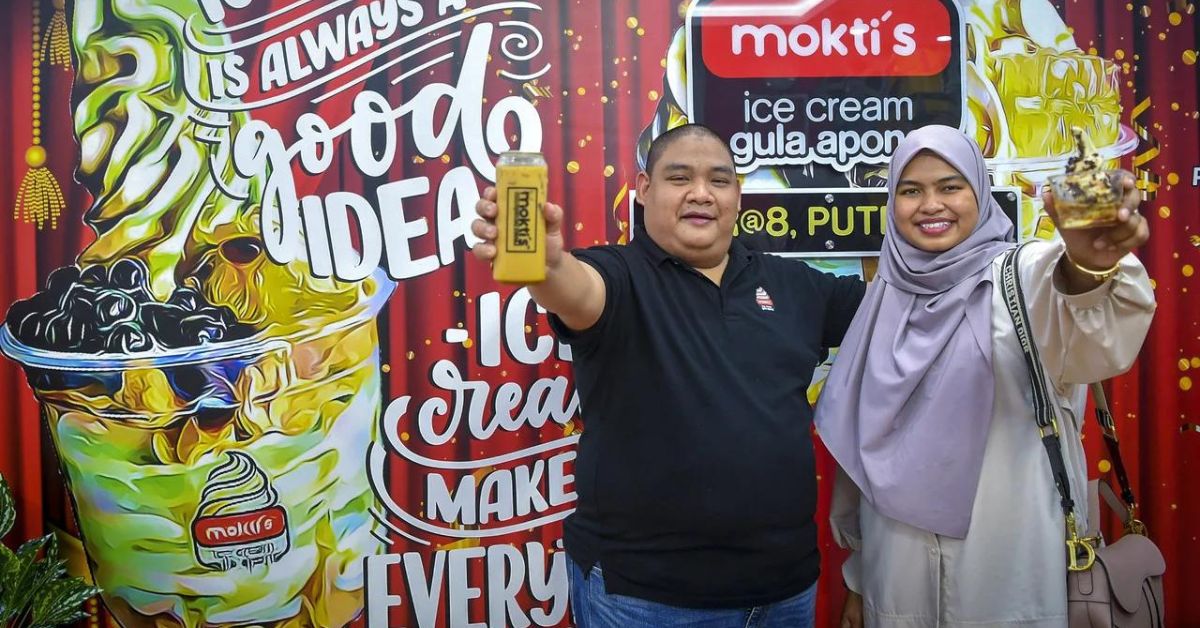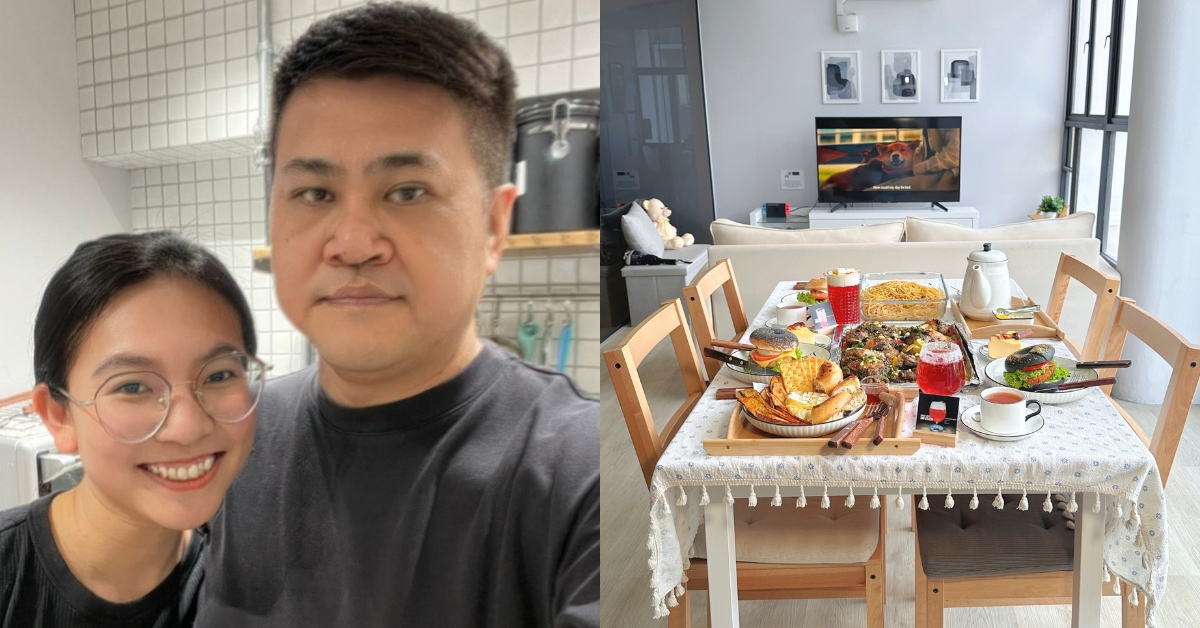Inspired by his love for buildings and how the miniature wonderland concept kicked off in Europe, Alvin Wan Cheng Huat and his partner Chan Chee Wing became interested in the idea of bringing over this concept to Malaysia for the first time.
In 2008, they began actively seeking for RM1 million in funding to pull this idea off. In 2014 when they managed to get enough to start building Malaysia’s first ever largest miniature wonderland.
And they didn’t let the fact that they had zero background in dealing with building miniature models or any form of architecture stop them from accomplishing this.
The Team Behind The Miniature Models

MinNature Malaysia officially opened for business in November 2016 in Summit USJ. The entire exhibition spans over 17,000 square feet and is divided into 12 sections, each with its own personality.
“I don’t have an architecture background and I learned most of the work such as casting the plaster, wood work and even wiring by myself. I can’t say it was an easy journey but it all paid off in the end,” said Alvin to Vulcan Post.
He shared his story of how during the early stages of building the models, Alvin and his partner worked on a daily shift where they took turns round the clock to design and fabricate the 3D parts. Their days were just spent on printing, which was the most time-consuming part.
They continued doing this as a duo until they expanded to their core team of 7. By June 2016, the team has grown to almost 60.
“It is passion that drives. The people here have that same drive and it pushes them to learn new things. They don’t question why can’t they do it, but how can I do it. I give them all the parts and they will come up with the best idea,” said Alvin.
8 Years In The Making

It took a while for to put everything together because 1) they couldn’t buy the models off the shelves and 2) they didn’t have enough printers. But recently they were able to acquire more 3D printers so that they were able to design and print the intricately detailed parts more quickly.
“The structures are handmade, where each printed piece is combined to make it. The people here managed to salvage some parts to make some of the buildings. For example, the surau is made from spoiled pieces from other places and the team managed to join, spray paint and put it up,” said Alvin in an interview.
Since most of his team has no prior knowledge in the field, Alvin shared how his interview process to choose team members has shifted to be more flexible. He used to have a specific set of criteria when shortlisting candidates but now they’ve decided to take a different approach and give everyone a try.
“Creative people cannot be judged by merely looking at one’s credentials. It’s their focus and determination to create that matter,” said Alvin.

He also constantly looks for people that can push their own limits. Alvin told the story of an intern they had who was given the task of building a section dedicated to this traditional Malaysian architecture called the Minangkabau house. The intern replied he could do it in a few weeks but Alvin told him to finish in a few days. And he did.
“They are here because they love the work and they don’t want to go home because they want to complete the details. Many of them stay until two, three in the morning not because I ask them to, but because they want to spend time looking at the details. I look for those who have the passion and drive to make these things into reality,” said Alvin.

Currently, the team are all trained to master all the trades in MinNature but Alvin stresses that the team work together to get anything done. He acknowledges that every person has their limitations and strong attributes so they never stop guiding each other to improve.
“Up til today, it is a learning curve for us. We never grow out of new things to learn because we keep using new techniques and new ideas that we have never done before. We do have a lot of failures, but we take all of these and make them to valuable lessons. Generally without the stress and worry of failing, their creativity flows out naturally,” said Alvin to Vulcan Post.
Building Malaysia Up

Currently throughout the 12 sections of MinNature, there are two types of models. The first is based on real architecture and buildings while the other is based on imagination. Alvin said the real architecture models are harder to make as they have to include all the details present in the real structure.
How they achieve this is by going to recce the actual building and photograph it for reference before they redraw everything on the 3D application.
“Once that is done, the files are sent to the 3D printers to be printed out. A test print is always done to ensure that we have achieved the correct scale. Once we have done that, we will continue printing the entire building and start assembling them.”
“After assembly, the joints are cleaned and smoothed out to make it ready for painting and weathering. Once all of those are done, the electronic part comes in to light up the models,” said Alvin when explaining the process.

When asked how long it would take to complete a model, Alvin said it ranges from 2 days to 3 months depending on the details involved. The main material used is plastic but the exhibition also makes use of real rocks and stones as well as wood and wires.
The hardest model they made was Masjid Negara which took 4 separate teams to build up over a course of 3 months and had almost 1,300 parts.

“My proudest one would be the Thean Hou Temple as it took me 2 days to complete the entire 1,536 part designs with all its intricate details. Its the only model in MinNature that is displaying its original 3D printed colours,” said Alvin.

When talking about the future of MinNature, the team plans on launching their 2nd phase soon that will include an airport as well as the iconic twin towers.
“Throughout the years ahead, we will continue to launch new phases and also make new models on the existing layout. We draw some of the inspirations based on visitors’ feedback on what they would love to see,” said Alvin.










